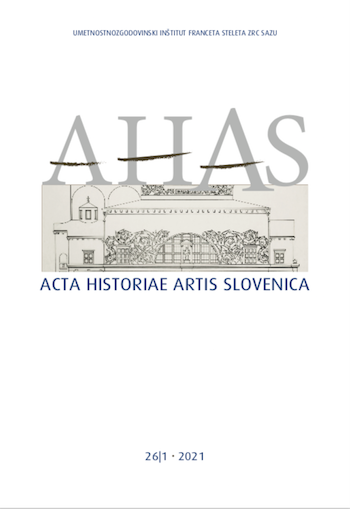Fragmentarily Preserved Gothic Murals on the Western Edge of Pannonia
DOI:
https://doi.org/10.3986/ahas.26.1.01Keywords:
fragments, Gothic paintings, western edge of Pannonia, the House of Luxembourg, High Gothic linear style, mixed style, transitional style, international styleAbstract
The author discusses the fragmentarily preserved murals attributed to regional painting workshops which exemplify the so-called vertical influence axis on the western edge of Pannonia. Despite their fragmentary condition, the examples discussed make an important contribution to our understanding of the artistic production in this territory at the time of the House of Luxembourg. The paper explores the productive connections between artistic workshops and their patrons. The artistic output of the workshops was characterized by the gradual fading of the high Gothic linear style already before the middle of the 14th Century, and by a ‘mixed’ or ‘transitional’ style under Italian Trecento influences in the second half of the 14th Century, whereas at the time of the peak of Czech and Viennese production around 1400 the international Gothic style prevails and is still discernible well into the 15th Century.
Downloads
Downloads
Published
How to Cite
Issue
Section
License
Copyright (c) 2021 ZRC SAZU in avtorji

This work is licensed under a Creative Commons Attribution-NonCommercial-NoDerivatives 4.0 International License.
Authors guarantee that the work is their own original creation and does not infringe any statutory or common-law copyright or any proprietary right of any third party. In case of claims by third parties, authors commit their self to defend the interests of the publisher, and shall cover any potential costs.
More in: Submission chapter




